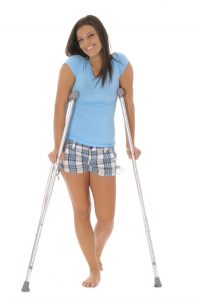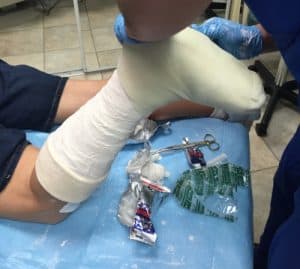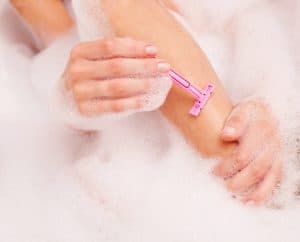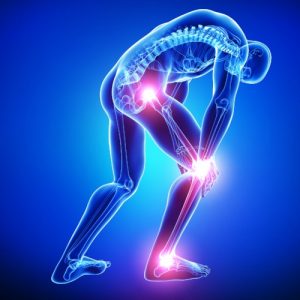How to Info

How to Use Crutches

How to Take Care of Casts and Splints

If you’re cast isn’t waterproof, which most casts aren’t, you’ll need to use tape or rubber bands to secure a plastic bag over the cast. Two bags provide double the protection, just make sure that one bag is completely shielding the other. Also note that plastic covers specifically made to cover your cast are available at most drug stores. This being said, plastic bags and cast covers don’t provide complete protection. Avoid putting your cast directly under the shower jet, and never submerge it completely. For more tips, read on…
How to Care for Sore muscles…
 Heat or Ice for Injuries
Heat or Ice for Injuries
Ice reduces excessive blood flow after exercise, reducing overall inflammation. Heat does the exact opposite. When applying heat incorrectly or for too long after an intense workout recovery times may be lengthened. Even so, many trainers tell their athletes that heat in the form of hot packs, saunas, and hot tubs can be helpful. When not used on acute injuries, they believe it loosens up tight muscles before and after workouts. Whether or not this is true has not been rigorously studied.
How to Take an Epsom Salt Bath

For a average-sized tub, use the suggested amount of salts on the container, usually 1 to 2 cups, or the doctor recommended amount. Never use Epsom salt in a whirlpool, hot tub, or any other tub with jets as it can corrode the internal pipes after use.
Your doctor will advise about how often and what amount of time to soak. For an ingrown toenail it may be ten minutes twice a day for a few days, or for arthritis pain 1/2 hour daily soaks may help.
Learn more…
How To Prevent Ingrown Toenails?
If you are careful enough, there are many ways that can help you prevent ingrown Toenails from ever happing, so feel free to follow these tips:
1. Trim Your Nails Properly
Make sure you cut your nails straight across rather than rounding the edges. This way nails won’t go the wrong direction and won’t grown inside skin. Weather finger nails or toenails, it’s s good idea to do the same for both.
2. Avoid Wearing Ill-fitting Shoes
A common cause of ingrown nails is wearing shoes that don’t fit well, they can put pressure on your nails thus making them grow in the wrong direction. Less space also prevents your toes from moving and can increase the chances of infection if you already have an ingrown nail because of excess sweat.
3. Keep Your Feet Clean
If you already have an ingrown toenail, make sure you keep your feet clean to avoid the risk of infections. After washing your feet, dry it thoroughly and make sure moisture between gaps is removed as well otherwise it will help the bacteria grow.
4. Avoid Nail Injuries
Its not only cutting the nail in grow direction that causes ingrown nails, stunning your toe on something, or another nail injury can also lead to chances of ingrown nails, so be careful while waking and seek medical help if you have a foot injury.
5. Regularly Check Your Feet
Although, it sounds like a simple task, it’s not especially if you are a diabetic patient with nerve damage which can make it difficult for you to feel pain. Therefore, consider looking for any injuries on your feet, especially if you spend most of your time barefoot, or work on a place where chances of foot injury are high. If any complication is detected, seek medical help right away!

 Heat or Ice for Injuries
Heat or Ice for Injuries